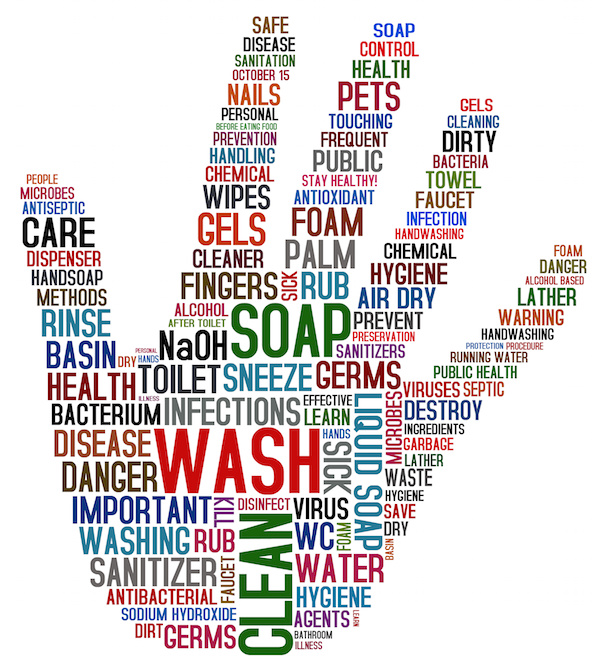
MONDAY, Feb. 13 (HealthDay News) — Use of home oxygen in the United States has risen over the past decade, which has led to an increase in the number of patients with medical oxygen-related burn injuries, according to experts at the Burn Center at Wake Forest Baptist Medical Center.
“Medical oxygen is 100 percent oxygen. This can raise the oxygen levels inside a structure causing many items that would not normally burn to more easily ignite and burn hotter and faster,” Donna Joyner, a registered nurse in Trauma/Burn Outreach, said in a medical center news release.
“Burns resulting from the misuse of home oxygen can be life threatening; however, they are preventable,” she added.
Joyner and the U.S. Fire Administration offer the following safety tips for the use of home oxygen:
- Never smoke in a home where medical oxygen is in use. “No smoking” signs should be posted inside and outside the home.
- All ignition sources — matches, lighters, candles, gas stoves, appliances, electric razors and hair dryers — should be kept at least 10 feet away from the point where the oxygen comes out.
- Do not wear oxygen while cooking. Oils, grease and petroleum products can spontaneously ignite when exposed to high levels of oxygen. Also, do not use oil-based lotions, lip balm or aerosol sprays.
- Homes with medical oxygen must have working smoke alarms that are tested monthly.
- Keep a fire extinguisher within reach. If a fire occurs, turn off the oxygen and leave the home.
- Develop a fire escape plan that includes two ways out of every room and an outside meeting place. Practice the escape plan at least twice a year.
More information
The MedlinePlus Medical Encyclopedia has more about medical oxygen safety.

